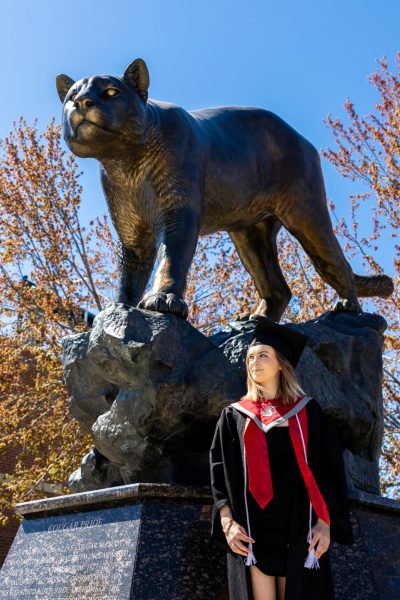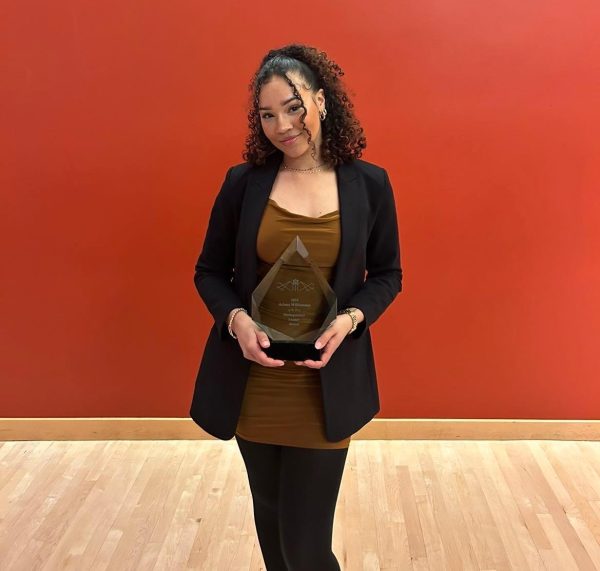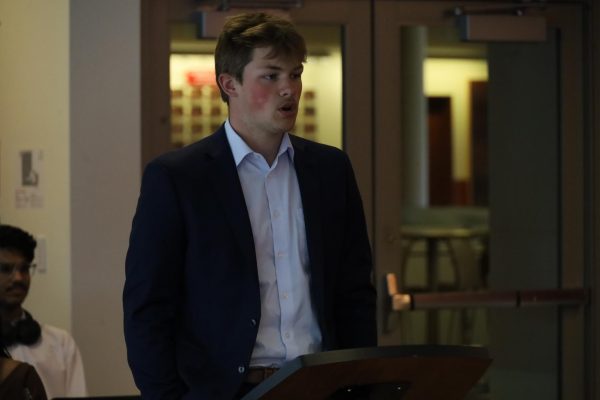Expert discusses preservation of heritage in war
February 24, 2016
An expert in rescuing cultural heritage in war-affected regions spoke about the need to preserve cultural artifacts.
Advocate for the protection of cultural property, Joris D. Kila, discussed the failure of governments to protect artifacts from international armed conflicts in a speech Tuesday, as part of the Foley Institute’s Coffee and Politics series.
“It is very important,” Kila said. “Cultural heritage is a form of identity.”
Kila drew a parallel between the destruction of religious icons during the Protestant Reformation and ISIS’s destruction of historical sites in Syria and Iraq.
“It’s not new but it’s back on the agenda,” he said.
He said to destroy important cultural icons is to erase a memory that people share.
Citing the Rome Statute of the International Criminal Court, which declares destruction of cultural property to be a war crime, Kila pointed out the importance of international cooperation on the issue.
Bashar al-Assad of Syria and the United States have not ratified the Rome Statute because they do not want their militaries to be charged with war crimes like destruction of cultural property, Kila said.
He suggested creating no-strike zones around cultural and historical sites, telling the audience about a time when he put a monument on a no-strike list he had drafted himself.
After a bombing, he visited the area.
“UNESCO was too scared so we went,” Kila said. “The no-strike list worked. Everything was destroyed but the monument.”
Kila also discussed the possibilities of reaching peace through cultural property protection through a story about himself working directly with a military General to map out a no-strike list.
Kila said he complained of there being nothing left to bomb.
Beyond armed conflicts, there are many aspects that hinder cultural property protection, Kila said. Governments like to politicize the issue.
Kila showed a picture of a vandalized painting he had seen during an armed conflict between Macedonia and an Albanian militant group.
He and his coworkers had figured out a formula to remove the graffiti without damaging the painting.
“The government wanted us to wait until the end of the war to remove the graffiti,” Kila said.
He added that the government wanted the vandalized art to be a symbol of the crude tactics of the opposition.
Kila suggested governments build their contacts and expertise during peacetime.
“During wartime, it is too late,” he said.
Kila has worked in Libya, Egypt and Iraq on cultural emergency missions and is a member of the U.S. Combat Commands Cultural Heritage Action Group as well as chair of the International Cultural Resources Working Group, according to WSU News.
Reporting by Forrest Holt


















